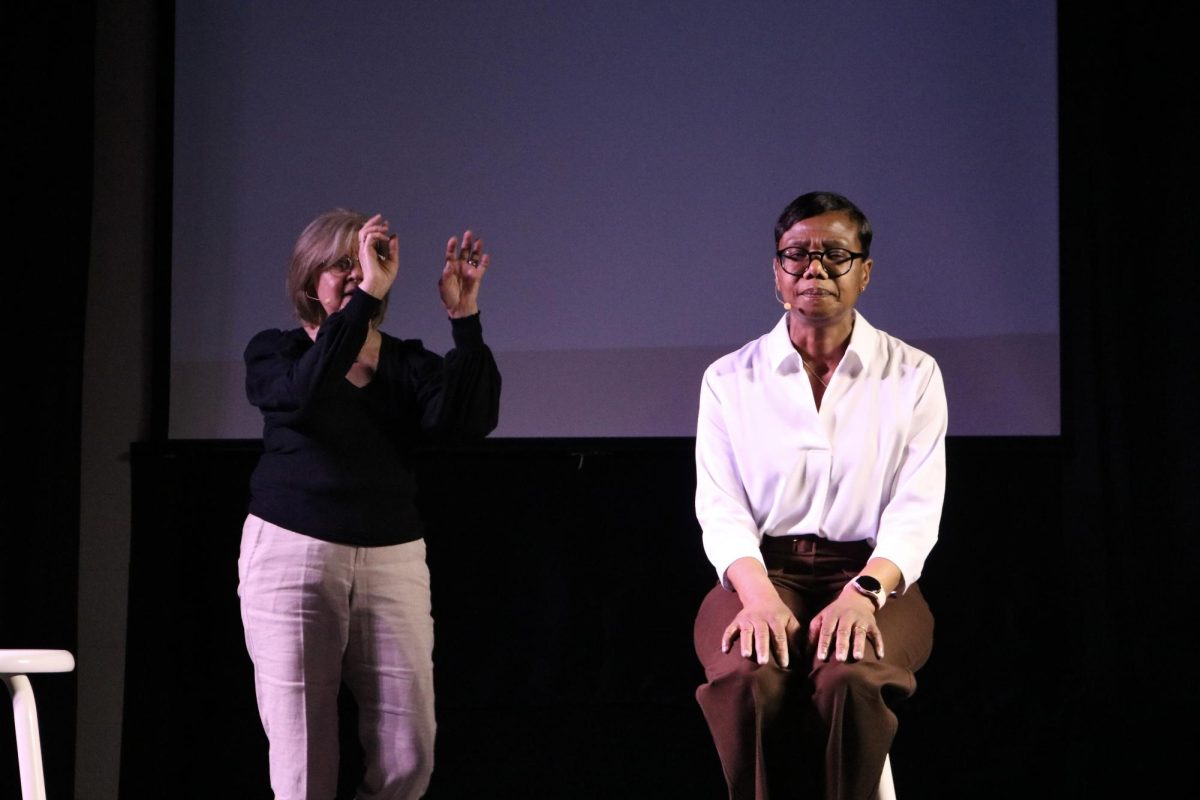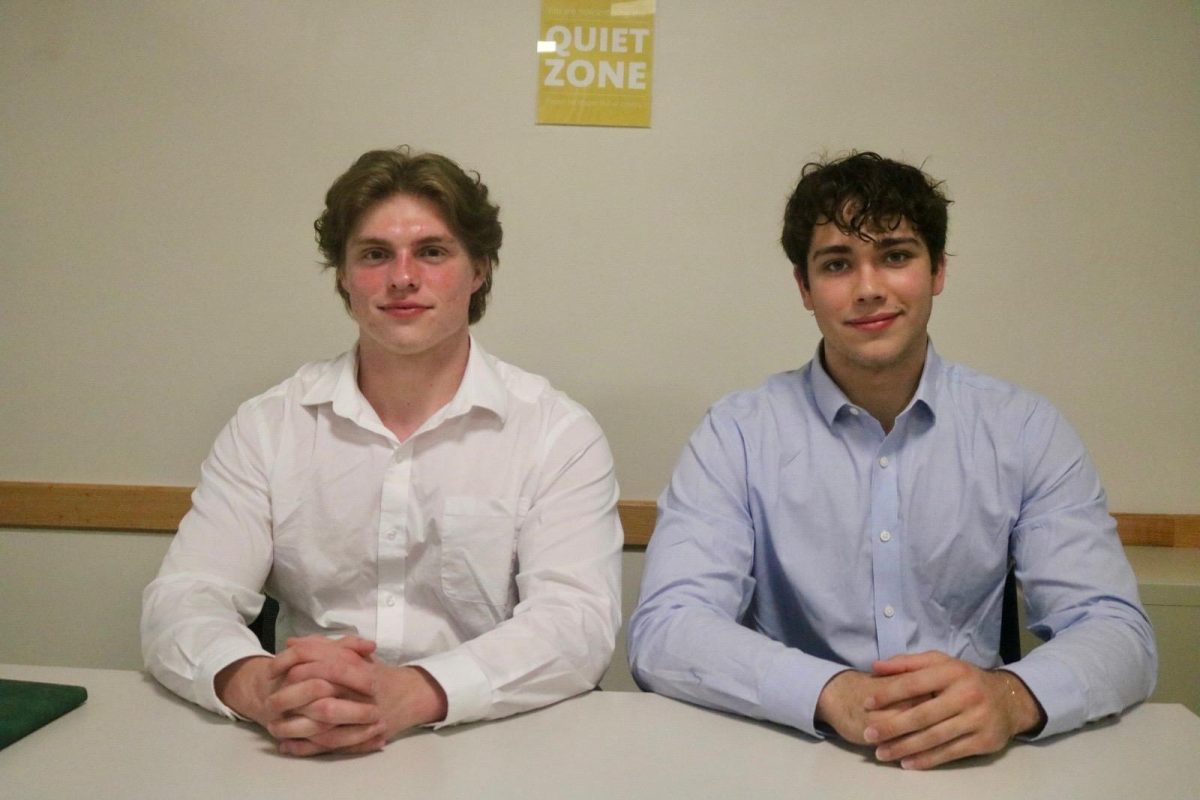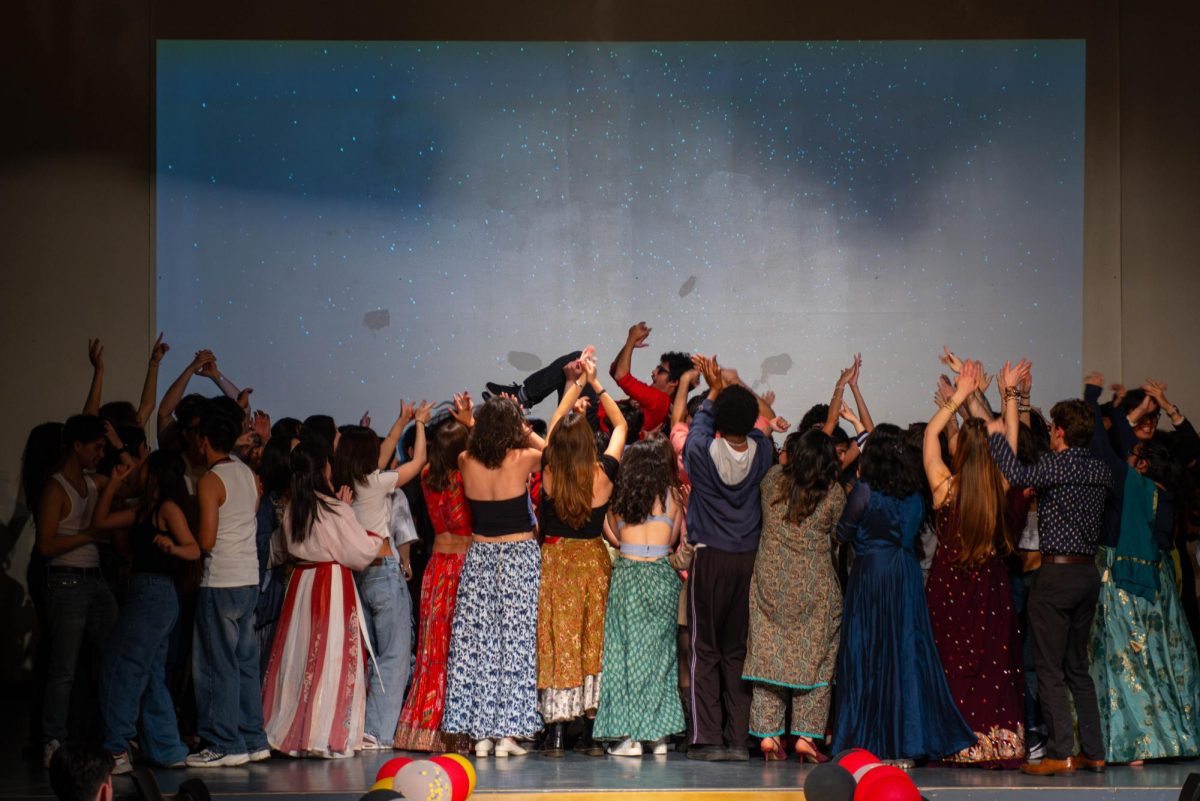On the first floor of ARH at the north end of the hall lives a small, dynamic resource center that aims to improve students’ analytic capabilities and change the way Grinnell’s humanities and social science professors approach research. The Data Analysis and Social Inquiry Lab (DASIL) enters its fifth year of service at Grinnell this year, and its roles and capabilities continue to evolve.
“If you’re a science major, you have the science learning center to go to, if you’re taking math classes, you can go to math lab, if you’re a social studies student or a humanities student and you had a project that deals with data, previously there was no place you could go,” said Professor Kathy Kamp, Anthropology. “There was a hole in Grinnell’s student services and we wanted to fill that.”
Kamp has been heavily involved with the lab from its inception. Six years ago, she and a small group of Grinnell faculty and staff visited other college campuses to examine the academic support available for social science and humanities scholars working with empirical data. In addition to mentoring students and helping professors with analyzing data, the resource center Kamp envisioned would also provide assistance in creating and using geographic information systems (GIS), programs capable of analyzing and displaying complex spatial data sets.
DASIL has been fulfilling those roles for several years now. In spring 2013, DASIL hired Harry Maher ’16, then a second-year with experience in statistics and student from Kamp’s GIS class. As with most DASIL employees, Maher’s time is divided between mentoring students and working on larger projects.
“Not so much in the beginning of the year, but towards the end of the year, there are a lot of people who come in with statistics help, and some people come and they need a map for a project … or they want it for a paper to prove a point. What I do is I help them look for it, and if [we can’t find one], I can help make it with them,” Maher said.
At present, Maher is creating an instructional document on GIS for students in Professor Sarah Purcell’s history class on the American Civil War.
“The kids in the class, they’re going to have the chance to manipulate the data by themselves,” Maher said. “Most of our projects are for professors that are ultimately for students.”
The Civil War data set includes extensive information on the origins, prior occupations, numbers, location and race of Union soldiers, which students can analyze in various ways.
Erica Kwiatkowski ’15 is another one of DASIL’s student mentors. In her work tutoring students in statistics and using statistical software, Kwiatkowski said she often sees students asking for help in economics, psychology or biology. When not working with students, Kwiatkowski has been working with a large data set on the characteristics of alternative medicine users.
“I’m looking at correlation between different variables such as race, sex, location, marriage status and trying to see if that correlates at all to the fraction of individuals who are using alternative medicine … I think the most interesting part of working at DASIL is having the freedom to explore or play with the data set and see what conclusions I can tease out of it.”
Each year, DASIL also chooses a faculty fellow to work with on an intensive, standout project. Last year, the faculty fellow was Professor James Lee, English, who used DASIL to analyze various aspects of Shakespeare’s work.
A digital humanities approach can apply the capacity of automated analysis to research in the social sciences or the humanities, and it is a new approach that Kamp is enthusiastic for DASIL to support at Grinnell.
Kamp hopes to expand DASIL’s presence on campus. Kamp said that DASIL will receive a website of its own, and the lab’s student programmers are working on creating and improving complicated data visualizations for the current website. Over the past four years, the lab’s historical team has been working on a detailed history of three central Iowa townships based on data from land sales and the U.S. Census, and that work will continue for years to come. Additionally, Kwiatkowski has started statistics review sessions aimed at BIO 251 students.
While DASIL can get busy at times, Kamp is still enthusiastic about creating a bigger name for the lab on campus.
“I definitely feel like it is underused,” Kwiatkowski said.
Kamp added that she would love to install a touchscreen monitor outside DASIL to allow passersby to play with some of DASIL’s data sets. “It’s just a fun way to get people to think that data can be interesting,” Kamp said.
DASIL is open from 7 to 11 p.m., Sunday through Thursday.

















































